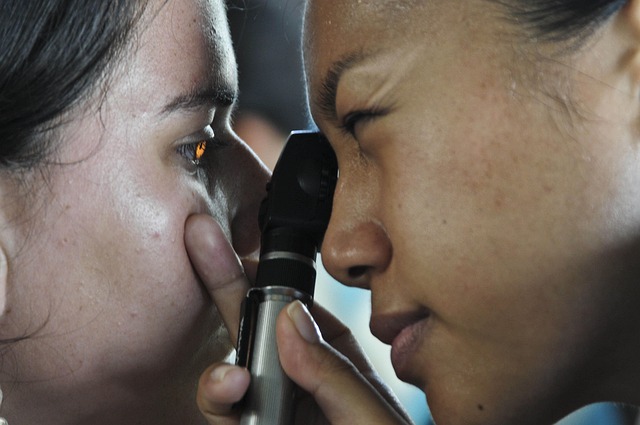Comprehensive Guidelines for Lung Cancer
Lung cancer, also known as bronchogenic carcinoma, is a malignant tumor of the bronchi or lungs, as defined by the World Health Organization. It originates from the uncontrolled growth of tissue cells. If left untreated, the tumor cells are likely to metastasize to adjacent tissues or other parts of the body. The most common primary malignant tumor of the lung is epithelial carcinoma, which can be broadly classified into small cell carcinoma and non-small cell carcinoma. The most common symptoms of lung cancer include cough, weight loss, shortness of breath, and chest pain.

Lung cancer requires coordinated medical assessment and individualized planning to address both the disease and the patient’s overall health. Early recognition of respiratory changes, prompt diagnostic testing, and an informed discussion of treatment choices help shape realistic expectations. Management often combines local therapies and systemic treatments, and decisions depend on tumor type, stage, molecular features, and patient preferences. This overview explains common symptoms, diagnostic and staging approaches, treatment categories, factors that influence lung cancer survival rate, screening and local services, and the role of supportive care.
This article is for informational purposes only and should not be considered medical advice. Please consult a qualified healthcare professional for personalized guidance and treatment.
What are common lung cancer symptoms?
Lung cancer symptoms can be subtle at first and may overlap with other respiratory conditions. Common signs include a persistent cough or change in a chronic cough, shortness of breath, chest pain that worsens with deep breaths or coughing, unexplained weight loss, fatigue, and frequent respiratory infections. Some patients notice coughing up blood or new hoarseness. Because early stages can be asymptomatic, any persistent or unusual respiratory symptoms—especially in people with smoking history or occupational exposures—should prompt medical evaluation.
How is lung cancer diagnosed and staged?
Diagnosis begins with imaging such as chest X-ray and computed tomography (CT) to identify suspicious lesions. If imaging suggests cancer, tissue sampling via bronchoscopy, CT-guided needle biopsy, or surgical biopsy provides histologic confirmation. Pathology determines tumor type (non–small cell vs small cell) and can include molecular testing for actionable mutations. Staging uses a combination of imaging and sometimes PET scans or mediastinal sampling to assess tumor size, lymph node involvement, and distant spread; accurate staging guides the choice of lung cancer treatment.
What are lung cancer treatment options?
Treatment depends on tumor type, stage, molecular markers, and overall health. Localized disease may be managed with surgery or stereotactic body radiation therapy (SBRT). Systemic options include chemotherapy, targeted therapies for tumors with specific genetic alterations, and immunotherapy that modulates the immune response. Often, multimodal therapy combines surgery, radiation, and systemic treatments. Palliative radiation or systemic therapy can relieve symptoms in advanced disease. Multidisciplinary teams—thoracic surgeons, medical and radiation oncologists, pulmonologists—coordinate care and discuss risks, benefits, and expected outcomes.
What affects lung cancer survival rate?
Lung cancer survival rate varies widely based on stage at diagnosis, histology, molecular features, patient health, and available treatments. Early-stage disease treated surgically generally has higher survival metrics compared with advanced-stage disease. The presence of actionable mutations can allow targeted therapies that improve outcomes for some patients. Other factors include access to timely care, clinical trial availability, smoking cessation, and management of comorbid conditions. Survival statistics are population-level figures and cannot predict individual outcomes; clinicians interpret these in the context of a patient’s clinical situation.
What role does screening and local services play?
Screening programs aim to detect lung cancer earlier in people at higher risk, typically using low-dose CT scans in selected populations. Local services—including primary care, pulmonary clinics, imaging centers, and multidisciplinary cancer teams—are essential for identifying eligible patients, arranging screening, and ensuring follow-up for abnormal findings. Access to coordinated local services can shorten diagnostic intervals and help patients navigate referrals to specialists, supporting earlier intervention when appropriate. Community resources and patient navigators may also assist with practical needs during treatment.
How is supportive care integrated into treatment?
Supportive care addresses symptoms, treatment side effects, nutrition, mental health, and functional needs throughout the care continuum. Palliative care teams collaborate with oncology to manage pain, dyspnea, nausea, and emotional distress, improving quality of life regardless of prognosis. Rehabilitation, respiratory therapy, smoking cessation programs, and psychosocial support are commonly integrated. Advance care planning and clear communication about goals of care are part of comprehensive management, ensuring treatments align with patient values and preferences.
Conclusion
Effective lung cancer care combines timely diagnosis, accurate staging, evidence-based treatment options, and comprehensive supportive services. Understanding common lung cancer symptoms, available treatment modalities, factors that influence lung cancer survival rate, and the role of local services helps patients and families engage in informed discussions with clinicians. Individual treatment plans are based on clinical findings, molecular data when available, and patient-centered goals of care.




